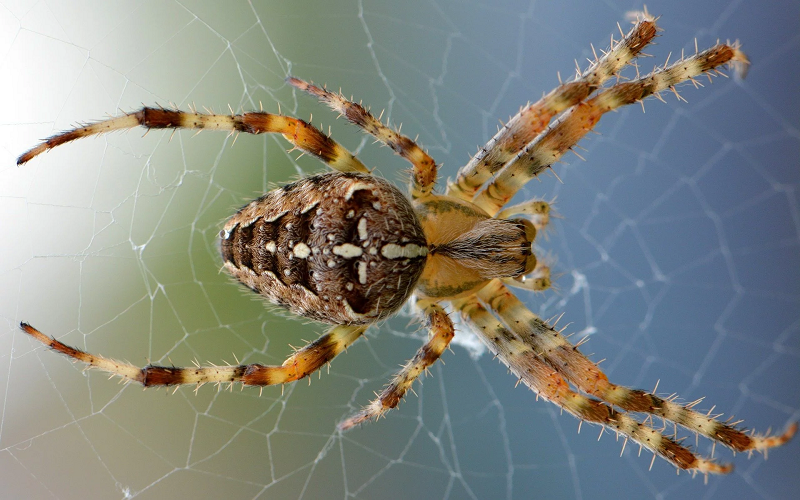Spiders have many species, and while the majority of them are not harmful to humans, this does not mean you can welcome them to your house. So, if you suspect you have a spider problem, you want to look for the most effective solution to avoid the fear associated with these pests. There are several steps you can take to get rid of spiders and prevent an infestation. Through professional pest control Round Rock, TX, you can free your home of spiders and other types of pests.
Why Are Spiders Drawn to Your Home?
Spiders are part of people’s everyday life because of their prevalence. But because you may not want spiders in your life, you must understand what draws them to your home:
- Food source. Spiders may be present in your house because there are insects that they can eat. These insects might be inside to consume your food scraps. To make your home less attractive to spiders and other insects, keep it clean, organized, and free of crumbs.
- Humidity levels. Your house or roof cavity can be attractive to spiders due to the higher humidity levels inside. Spiders thrive in humid environments and will hunt their prey there.
- The location of the shelter. The majority of spider species look for the best shelter in abandoned household items, overgrown gardens, and woodpiles.
- Gardens. If you are like most homeowners, you probably want a yard that has a beautiful garden to complete your home. However, this can come with some natural pests, including spiders.
Although some species of spiders are beneficial to the environment and keep other insects at bay, you must ensure your garden is not inhabited by dangerous spiders and other insects.
How to Know Spiders Have Infested Your Home
Webbing spiders and crawling spiders are common in homes. You may be dealing with infestations if you notice the signs discussed below:
- Signs of webbing spiders. If webbing spiders have infested your home, you may find webs in crevices because they build webs. spiders like to stay in obscure locations like underneath furniture, in-ceiling corners, behind doors, under cabinets, and behind plant pots. Also, they gather in congested areas like basements, crawl spaces, and attics. Inspect such places thoroughly to find evidence of webbing spiders.
Once these spiders build webs and lay eggs in grass, bushes, and trees near your house, an infestation may also start there. Eventually, their hatchlings may get into your home looking for food and a place to create webs. To identify the existence of an infestation, find webs around your property’s perimeter.
- Signs of crawling spiders. Typically, these species crawl on the floor or climb into walls and skirting boards. While the majority of spiders avoid being noticed, each sighting of these pests should prompt an immediate check.
Dealing with an Infestation
If you are sure that you have spiders in your house, you can set up spider catchers or traps. These traps can catch a few spiders; however, they cannot be a dependable solution for a spider infestation.
Another step you can take is to get rid of spider webs. Eliminating spider webs immediately is important. Spiders tend to reproduce quickly, so if one appears somewhere, a lot of them follow soon. To get to difficult-to-reach areas, use an extension pole that has brush ends along with a vacuum cleaner to eliminate webs. This will damage the house of spiders temporarily.
To get rid of spiders in your house, spray insecticides on common entryways and skirting boards. Also, the spiders may take some of the insecticides with them to their nest. But this depends on the kind of insecticide you use. If you still deal with spiders despite your best efforts, call a pest control company for a spider removal service.

